AN EXCEPTIONALLY RARE AND VERY LARGE CARVED LACQUER CIRCULAR BOX AND COVERIncised Jiajing six-character mark and of the period Of imposing proportions, the domed cover carved in the centre with a long gnarled pine tree forming a shou character, all amidst ruyi-head clouds, peaches and lingzhi fungus issuing from rockwork, surrounded by a band of phoenix and cranes in flight amidst further ruyi-clouds, the sides with bands of densely meandering foliate scrolls, the box similarly carved with cranes and phoenix, all supported on a circular foot with key-fret border, the interior and base lacquered black. 44.8cm (17 5/8in) diam. (2).Footnotes明嘉靖 剔彩萬壽雲鳳紋圓盒 「大明嘉靖年製」楷書填金刻款 The present lot is extremely rare for its imposing size and a vestige of the remarkable lacquer carving for the Ming Imperial Court created during the reign of the Jiajing emperor. The gnarled pine tree formed as a shou character (meaning 'longevity') is typical of lacquer work from the Jiajing reign where shou characters are frequently depicted formed from smoke, clouds, bamboo or pine trees, etc. See a similar and smaller multicoloured round lacquer box with the carving of pine trees, bamboos and Chinese plum trees in the Qing Court Collection, the 'Three Friends of Winter' joining to form the fu, lu and shou characters with the shou character very similar to the one on the present lot, illustrated in Lacquer Wares of the Yuan and Ming Dynasties: The Complete Collection of Treasures of the Palace Museum, Hong Kong, 2006, p.188, pl.146; also see a smaller cinnabar lacquer box with the carving of pine trees forming a shou character but without a wan character, Jiajing, also in the Qing Court Collection, illustrated in ibid., p.151, no.112. This motif was also popular on the blue and white wucai porcelain during the same period except the characters formed from the plants vary on different places. Compare a large blue and white bowl, Jiajing period, illustrated in Blue and White Porcelain from the Tianminlou Collection, Chang Foundation, Taipei, 1992, p.148, pl.57. Although auspicious symbolism is deeply rooted in Chinese culture and seen across all periods of time, the Jiajing emperor was particularly steeped in Daoist ritual and practice, devoting a great deal of time to alchemy and finding the elixir of longevity. The Jiajing emperor's devotion to Daoism became such that ministers and officials who wanted to gain his favour at Court competed by writing Daoist verses and memorials laden with Daoist symbolism. Furthermore, the emperor's strenuous demands on his Palace ladies for the red lead used in alchemical concoctions he took to prolong his life led to the so-called Palace plot of the Renyin year (1542), when 16 Palace ladies (who may only have subsisted on mulberry leaves and rainwater to keep themselves pure) attempted to assassinate the emperor. The plot failed, but the emperor removed himself from the Forbidden City entirely and devoted himself to the life of a Daoist hermit. The attempt on his life may have led the Jiajing emperor to have become even more concerned with issues of longevity and mortality. Similar or related cinnabar lacquer boxes with auspicious symbolism for longevity, dating to the Jiajing period, can thus be seen in the Qing Court Collection. See a smaller carved cinnabar lacquer 'cloud and cranes' box and cover, Jiajing six-character mark and of the period, the 'six cranes' imagery represents ('liu he tong chuen') 六合同春 and longevity, illustrated in Kangxi, Empereur de Chine: 1662-1722: La Cité Interdite à Versailles, Paris, 2004, pl.149; see also a related cinnabar lacquer circular box but with a carving of dragon and clouds and the Chinese character for longevity (shou), Jiajing six-character mark and of the period, illustrated in Lacquer Wares of the Yuan and Ming Dynasties: The Complete Collection of Treasures of the Palace Museum, Hong Kong, 2006, p.175, no.133. The scenes depicted on Ming Dynasty lacquer pieces usually have varied
AN EXCEPTIONALLY RARE AND VERY LARGE CARVED LACQUER CIRCULAR BOX AND COVERIncised Jiajing six-character mark and of the period Of imposing proportions, the domed cover carved in the centre with a long gnarled pine tree forming a shou character, all amidst ruyi-head clouds, peaches and lingzhi fungus issuing from rockwork, surrounded by a band of phoenix and cranes in flight amidst further ruyi-clouds, the sides with bands of densely meandering foliate scrolls, the box similarly carved with cranes and phoenix, all supported on a circular foot with key-fret border, the interior and base lacquered black. 44.8cm (17 5/8in) diam. (2).Footnotes明嘉靖 剔彩萬壽雲鳳紋圓盒 「大明嘉靖年製」楷書填金刻款 The present lot is extremely rare for its imposing size and a vestige of the remarkable lacquer carving for the Ming Imperial Court created during the reign of the Jiajing emperor. The gnarled pine tree formed as a shou character (meaning 'longevity') is typical of lacquer work from the Jiajing reign where shou characters are frequently depicted formed from smoke, clouds, bamboo or pine trees, etc. See a similar and smaller multicoloured round lacquer box with the carving of pine trees, bamboos and Chinese plum trees in the Qing Court Collection, the 'Three Friends of Winter' joining to form the fu, lu and shou characters with the shou character very similar to the one on the present lot, illustrated in Lacquer Wares of the Yuan and Ming Dynasties: The Complete Collection of Treasures of the Palace Museum, Hong Kong, 2006, p.188, pl.146; also see a smaller cinnabar lacquer box with the carving of pine trees forming a shou character but without a wan character, Jiajing, also in the Qing Court Collection, illustrated in ibid., p.151, no.112. This motif was also popular on the blue and white wucai porcelain during the same period except the characters formed from the plants vary on different places. Compare a large blue and white bowl, Jiajing period, illustrated in Blue and White Porcelain from the Tianminlou Collection, Chang Foundation, Taipei, 1992, p.148, pl.57. Although auspicious symbolism is deeply rooted in Chinese culture and seen across all periods of time, the Jiajing emperor was particularly steeped in Daoist ritual and practice, devoting a great deal of time to alchemy and finding the elixir of longevity. The Jiajing emperor's devotion to Daoism became such that ministers and officials who wanted to gain his favour at Court competed by writing Daoist verses and memorials laden with Daoist symbolism. Furthermore, the emperor's strenuous demands on his Palace ladies for the red lead used in alchemical concoctions he took to prolong his life led to the so-called Palace plot of the Renyin year (1542), when 16 Palace ladies (who may only have subsisted on mulberry leaves and rainwater to keep themselves pure) attempted to assassinate the emperor. The plot failed, but the emperor removed himself from the Forbidden City entirely and devoted himself to the life of a Daoist hermit. The attempt on his life may have led the Jiajing emperor to have become even more concerned with issues of longevity and mortality. Similar or related cinnabar lacquer boxes with auspicious symbolism for longevity, dating to the Jiajing period, can thus be seen in the Qing Court Collection. See a smaller carved cinnabar lacquer 'cloud and cranes' box and cover, Jiajing six-character mark and of the period, the 'six cranes' imagery represents ('liu he tong chuen') 六合同春 and longevity, illustrated in Kangxi, Empereur de Chine: 1662-1722: La Cité Interdite à Versailles, Paris, 2004, pl.149; see also a related cinnabar lacquer circular box but with a carving of dragon and clouds and the Chinese character for longevity (shou), Jiajing six-character mark and of the period, illustrated in Lacquer Wares of the Yuan and Ming Dynasties: The Complete Collection of Treasures of the Palace Museum, Hong Kong, 2006, p.175, no.133. The scenes depicted on Ming Dynasty lacquer pieces usually have varied
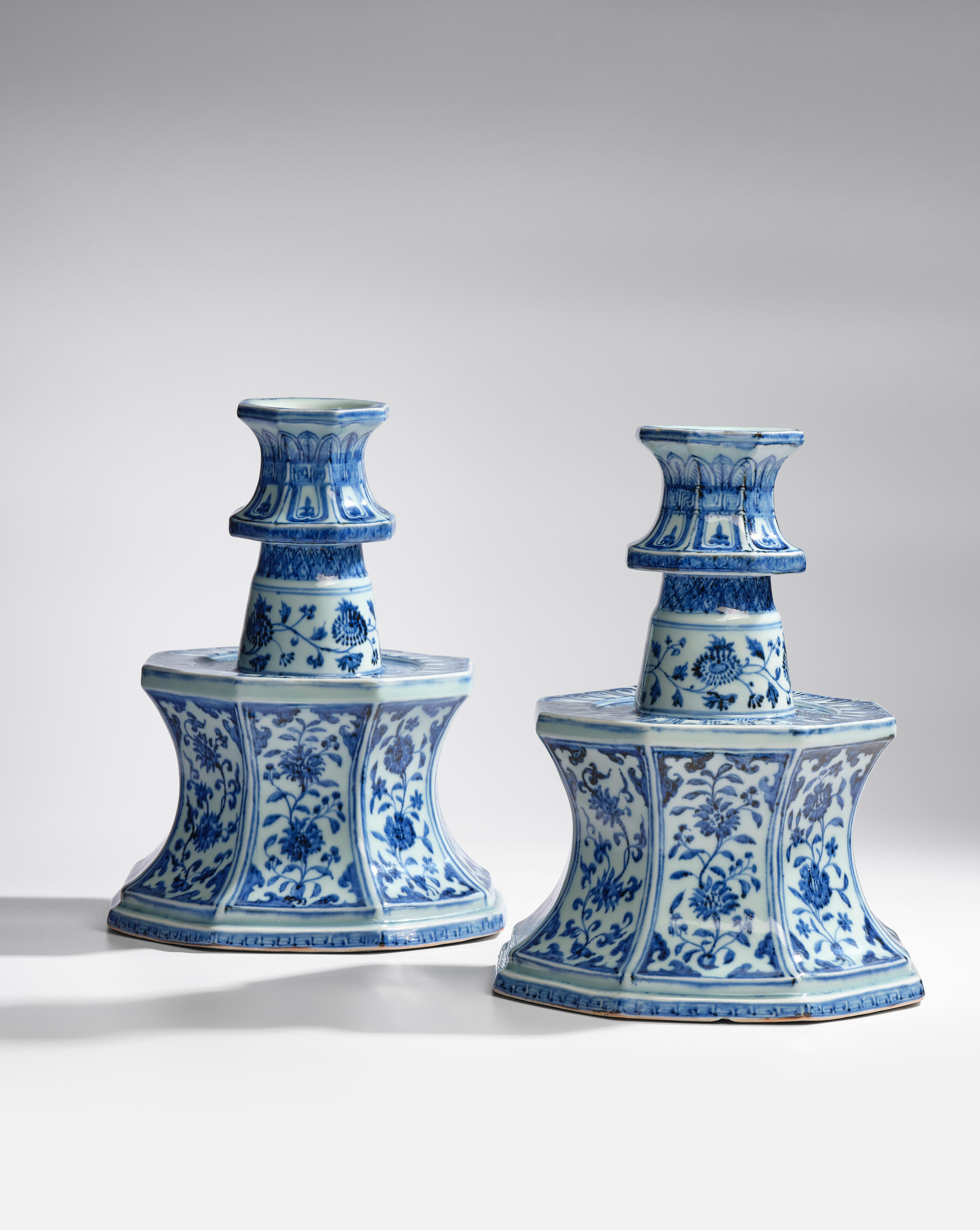

.jpg)
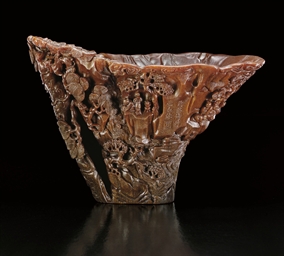

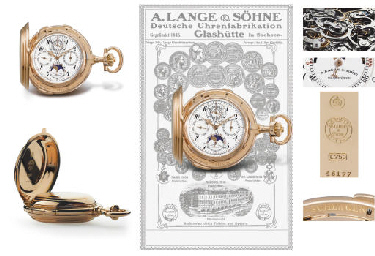
.jpg)
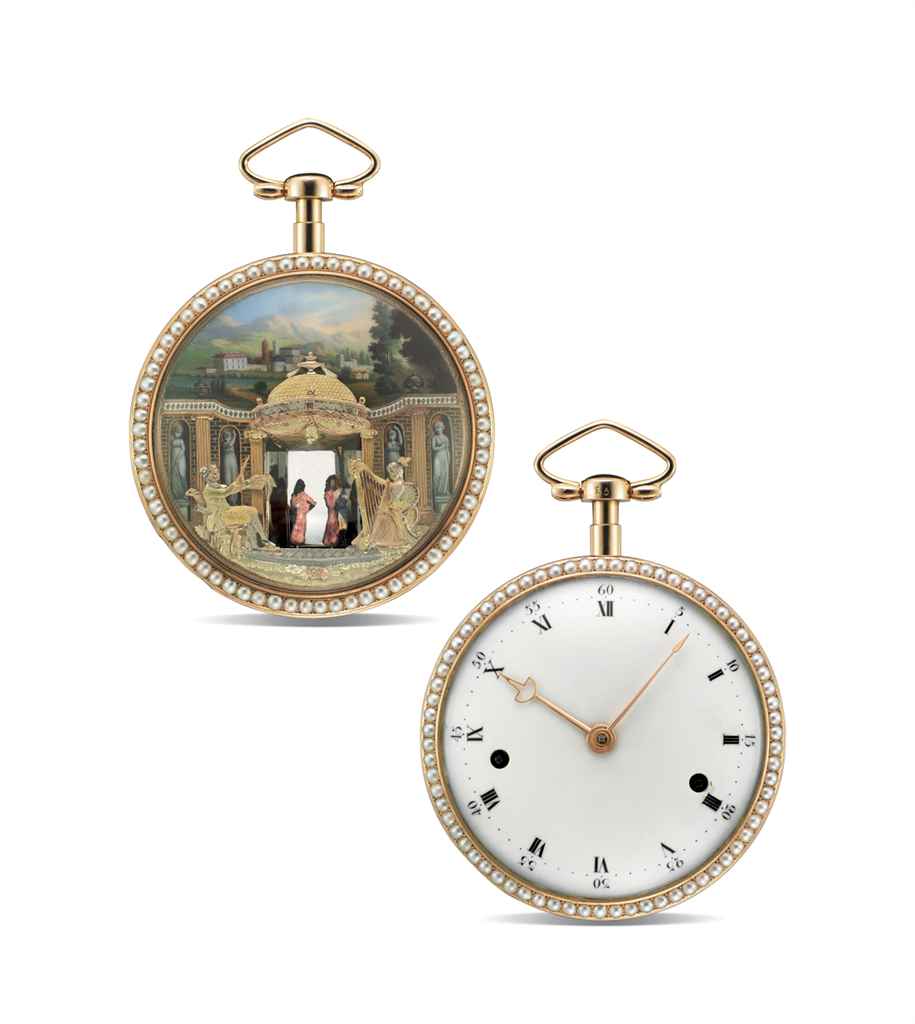
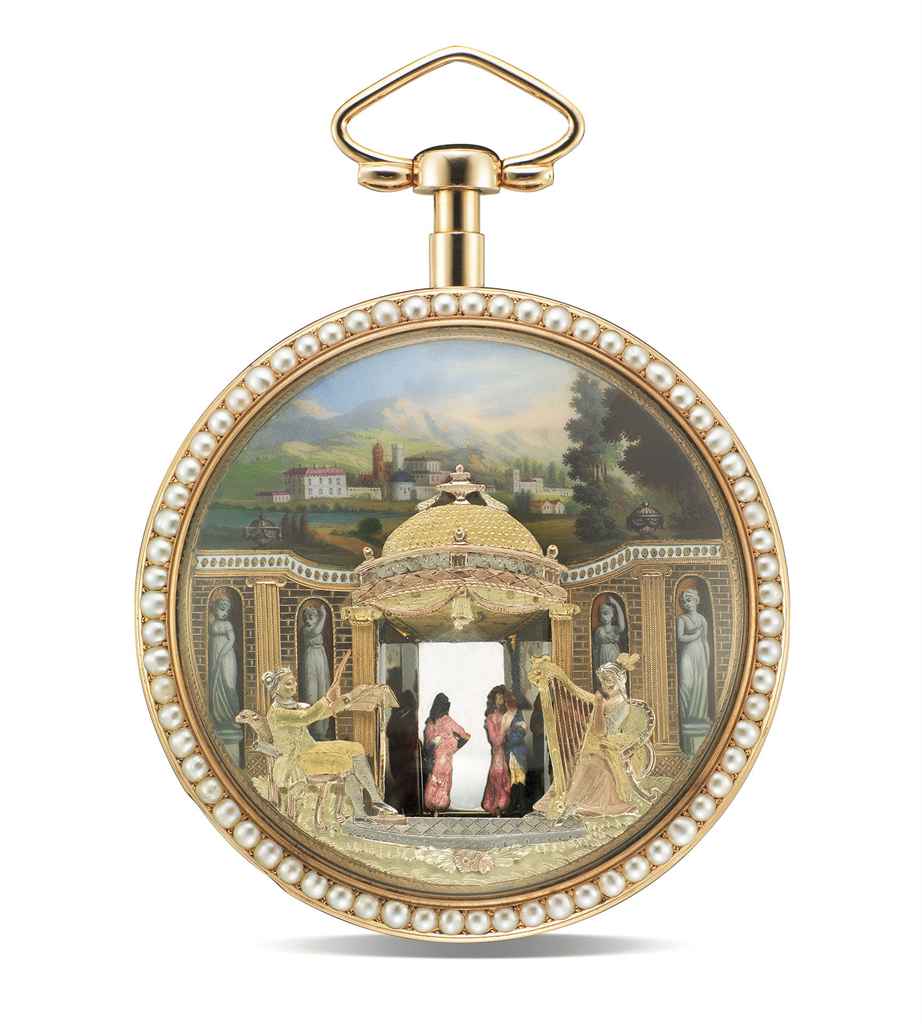


.jpg)
.jpg)


Try LotSearch and its premium features for 7 days - without any costs!
Be notified automatically about new items in upcoming auctions.
Create an alert